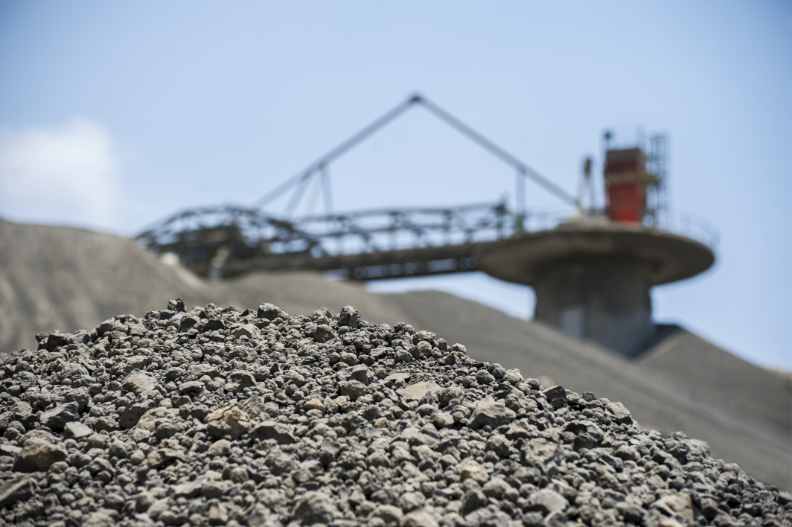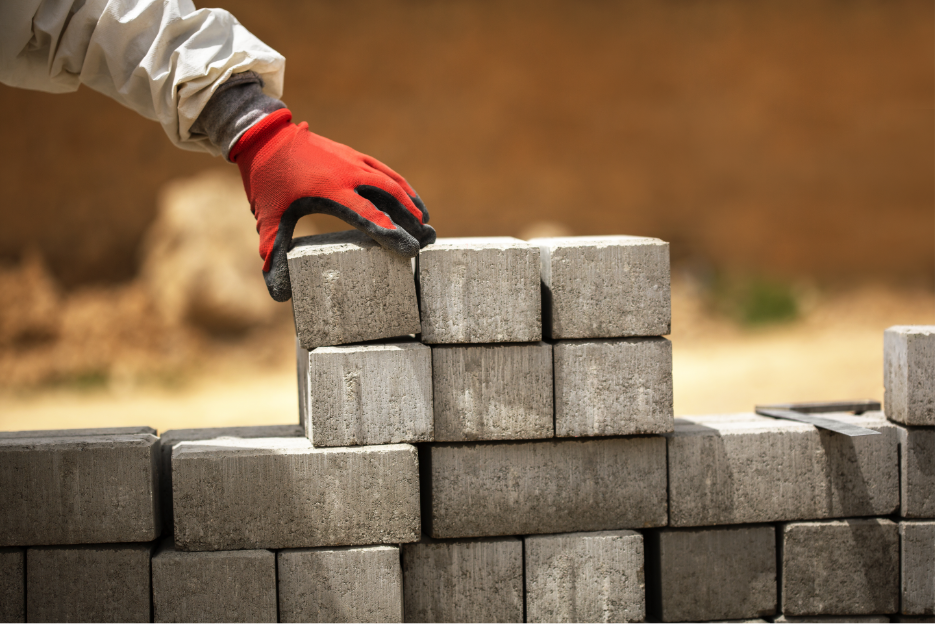
Growing together to build a sustainable world


We are a business group with a diversified portfolio of companies in the cement, concrete, and electricity sectors, as well as related services, with a presence in five countries: Peru, Ecuador, Chile, Colombia, and the United States. Our goalship: Contribute to the development of the infrastructure of the countries in which we operate with a combination of talent and knowledge, focusing on quality and continuous improvement of our processes.



